Imagine baby's breath (
Gypsophila spp) on steroids; that's colewort. The oversize foliage and towering inflorescence evoke a fun sense of the tropics for gardeners in colder, drier climes. Colewort, also referred to as giant crambe, is a plant with enough physical presence in the garden to serve as a focal point and anchor a diverse planting scheme.
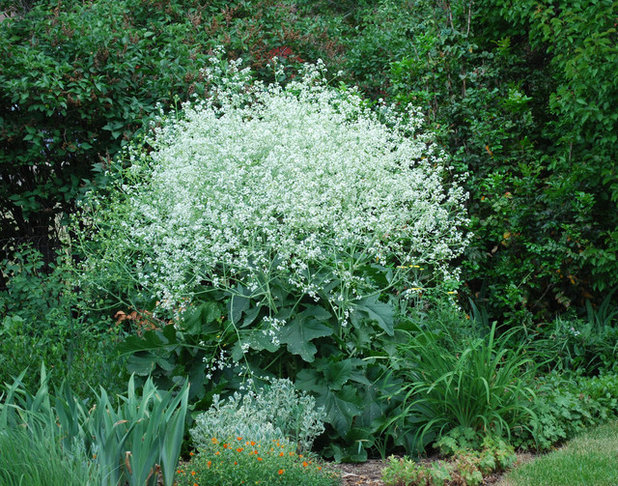
Jocelyn H. Chilvers
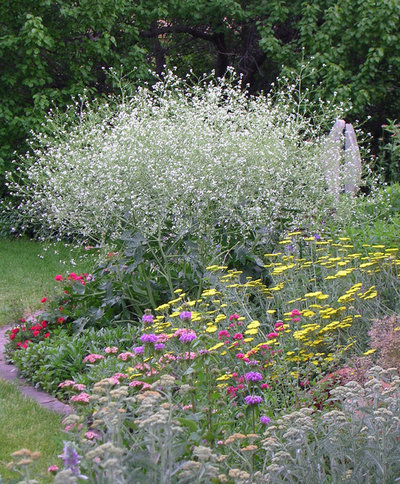
Jocelyn H. Chilvers
Botanical name: Crambe cordifoliaCommon names: Colewort, giant crambe
Where it will grow: Hardy to -20 degrees (USDA climate zones 5 to 8; find your zone); does not tolerate hot, humid climates
Elevation range: Up to 7,000 feet
Water requirement: Moderate
Light requirement: Full sun
Mature size: 4 to 7 feet tall and 4 to 5 feet wide
Benefits: Colewort provides that bit of supersize fun every garden needs and creates a strong contrast to more delicately textured plants.
Seasonal interest: Flowers June to July; showy foliage spring to fall
When to plant: Spring to fall
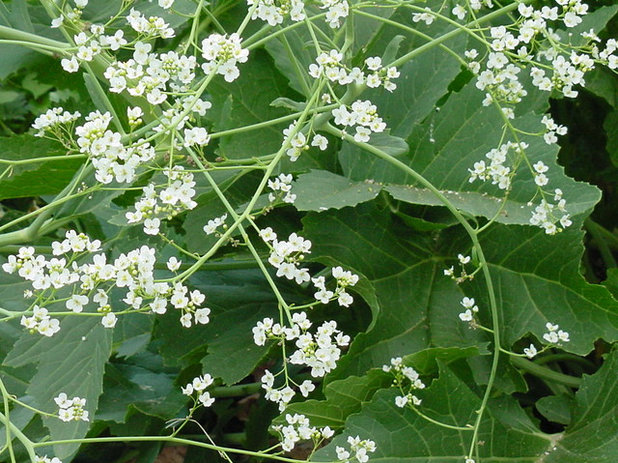
Jocelyn H. Chilvers
Distinguishing traits. The large foliage clump — with leaves up to 10 inches long — resembles that of rhubarb. Hundreds of small white flowers form a dense, cloud-like inflorescence on sturdy stalks up to 7 feet tall.
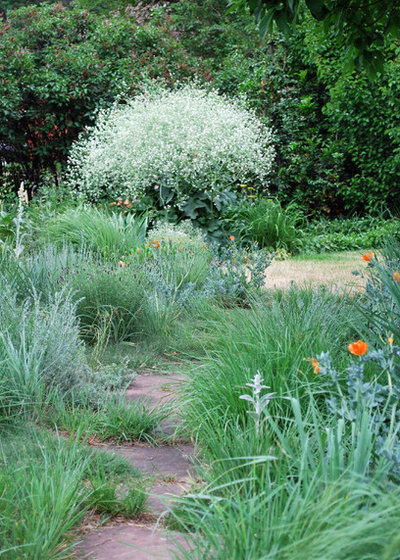
Jocelyn H. Chilvers
How to use it. Colewort works best as a single accent specimen in the garden, rather than scattered here and there.
Use it with classic June bloomers like peony (
Paeonia spp), Oriental poppy (
Papaver oriental), iris (
Iris spp) and roses (
Rosa spp). Plants with silvery-blue or gray foliage — like Powis Castle sage (
Artemisia), blue oat grass (
Helictotrichon sempervirens) and rose campion (
Lychnis coronaria) — are beautiful companions, too.
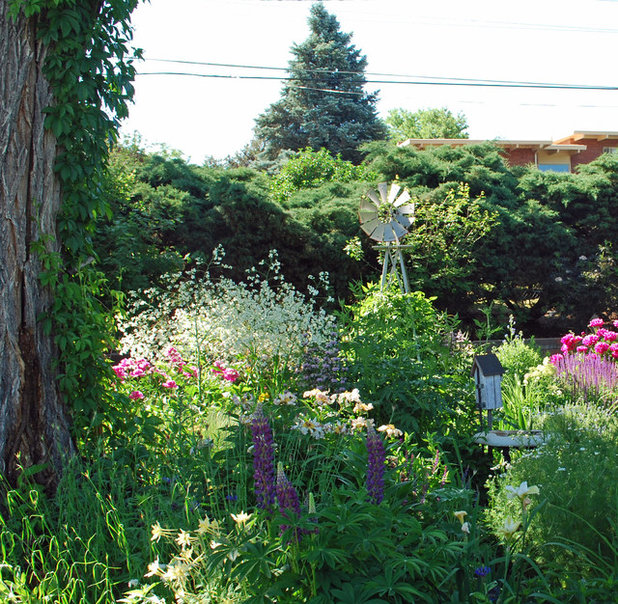
Jocelyn H. Chilvers
Planting notes. Colewort prefers full sun but will tolerate partial shade. Moderate water and average, well-drained garden soil are ideal. Although colewort has a bulky, imposing root system, I've been successful transplanting it in early spring, just as the leaves start to emerge.





